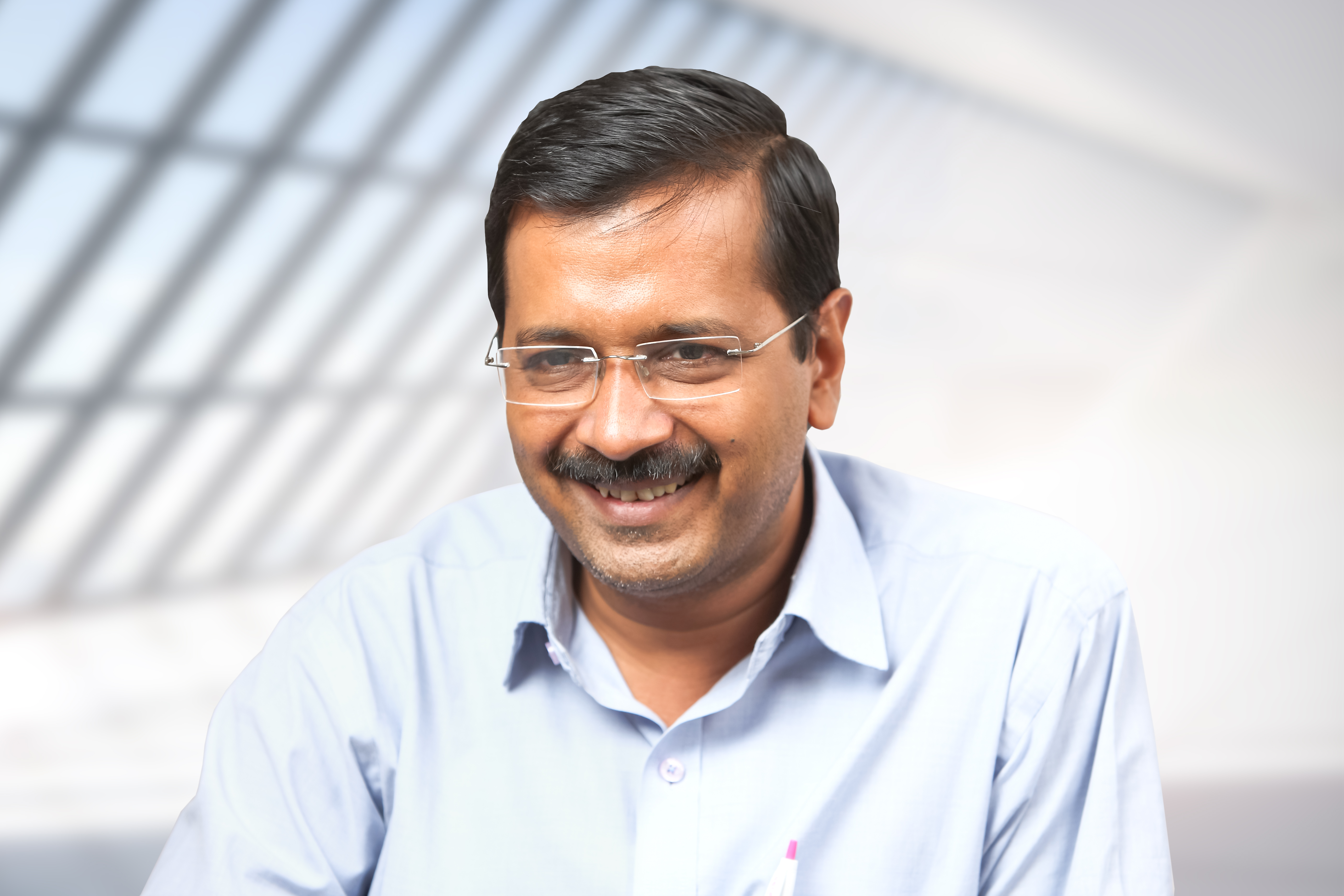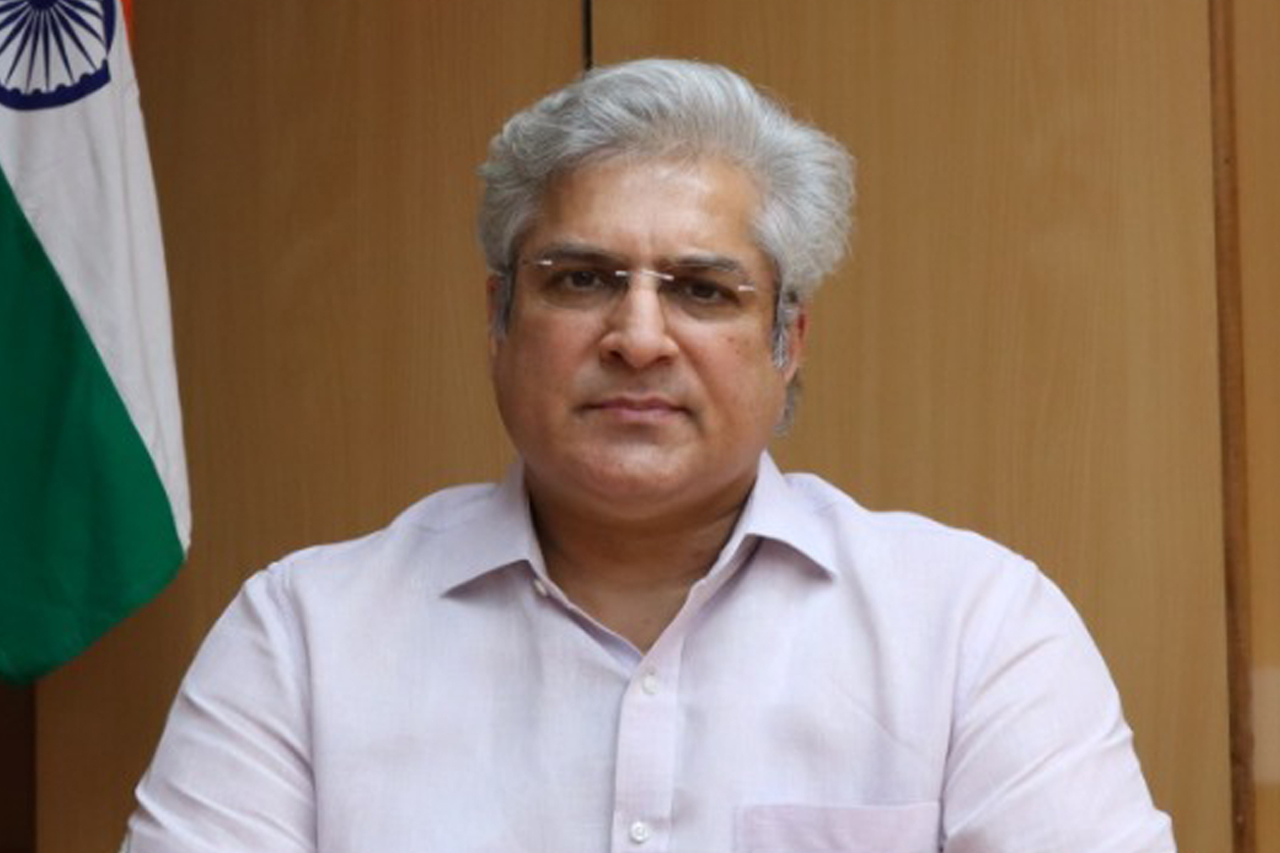- ABOUT
- SwitchDelhi
- Benefits of EV
Switch Delhi
The Government of NCT of Delhi launched the Switch Delhi campaign to inform, encourage and motivate the citizens of Delhi to switch from conventional vehicles to electric vehicles. As a part of the campaign, the Delhi Government has launched social media handles to directly connect with the people of Delhi.

Switch Delhi was planned for eight weeks from February 3, 2021 to April 6, 2021 and focused on mass awareness campaigns. The campaign targeted raising awareness among people in Delhi regarding the benefits of switching to EVs, and the Delhi Government’s Electric Vehicle Policy to increase the uptake of electric vehicles using the provisions made by the government.
Although the Switch Delhi campaign was initially planned for a period of eight weeks, it was later realised to continue the public outreach for the next few months. Under the campaign, the Delhi Government launched social media handles to directly connect with the people of Delhi and inform the citizens of Delhi about the benefits of electric vehicles.
The Dialogue and Development Commission of Delhi will be leading the social media outreach for the Switch Delhi campaign. Switch Delhi social media handles will be used as a medium for connecting directly with the public, addressing grievances of people trying to claim subsidies or any other issues they have in buying EVs, and the handles will also share success stories and testimonials of EV buyers to motivate Delhiites. DDCD will also be responding to queries and misconceptions people have on EVs via social handles.
Benefits of EV
The Delhi Government is providing attractive purchase incentives across vehicle segments, intended to make the cost of owning and operating EVs affordable. These purchase incentives are complemented with zero registration and road tax waivers at the time of purchase.
Improvement of local air quality: Several studies indicate the contribution of vehicular emissions to air pollution. As per a study conducted by the Central Pollution Control Board (CPCB) in six cities—Delhi, Kanpur, Bangalore, Pune, Chennai and Mumbai, the transport sector contributes the majority of NOx and 30–50% of the PM emissions in these cities. In 2011, the World Health Organisation (WHO) included many Indian cities in the top 100 most-polluted cities list. Moreover, a study by ASSOCHAM suggested that Delhi NCR is likely to face a loss of INR 100 crore/day due to smog and poor air quality.
Air pollution is an increasing area of concern for Indian cities given its negative impact on human health. Traffic related air pollution—especially PM and NOx—has been shown to lead to premature morbidity and mortality. A study supported by the WHO estimated about 1.54 lakh people died in India in 2005 as a result of ambient fine particulate matter (PM2.5) alone; the number has most likely increased since. From the perspective of promoting clean air in cities, it is critical to reduce the burden of vehicular emissions through use of low-polluting/clean transport technologies.
Reduction in Greenhouse gas emissions: India is the fourth largest Green House Gas (GHG) emitter in the world (IEA, 2015). The Biennial Update Report submitted by India to the UNFCCC stated that India emitted 2,137 mt. CO2 equivalent in 2010 (MoEFCC, 2015). According to the report, the energy sector, (which includes fuel combustion and transport), is the prime contributor to GHG emissions accounting for 71% of the country’s total GHG emissions. The transport sector contributed to approximately 14% of the total emissions by the energy sector, wherein, road transport has been the major contributor (88%) resulting in 142 million tonnes CO2, and 7.5% of India’s total emissions. Given the continued dependence on fossil fuels, emissions from road transport are expected to rise to 850–900 mt. CO2 by 2030, an increase by nearly four times in comparison to the current levels.
Reduced oil imports: Indian transport sector is heavily dependent on liquid fossil fuels, which are primarily imported in India. The sector is the largest consumer of petroleum products in the country with nearly 55% of the consumption of petroleum products occurring in the transport sector. According to a study, 70% of diesel and 99.6% of petrol is consumed by the transport sector. This dependence of the sector on petroleum products is expected to increase in future given the rapid pace of growth expected in the sector, especially in the road transport sector. This impacts India’s energy security as India’s oil import bill has been seen rising and is expected to reach USD 90 billion by March 2018 (Abdi, 2017). This would be a 29% rise from the last fiscal year and is bound to impact the current account deficit negatively. It is prudent that India explores alternate technologies that have low dependence on oil to enhance energy security.









